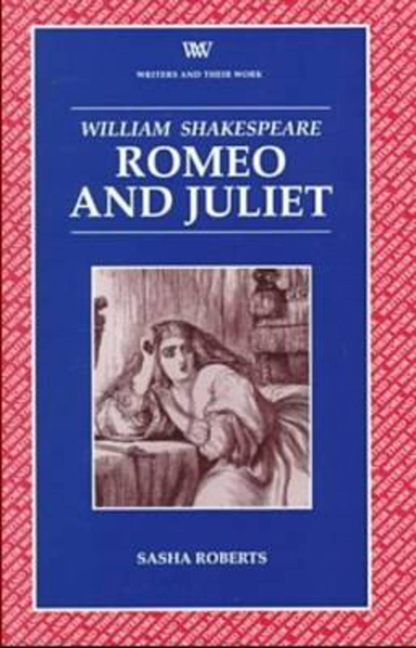4 - Language and Ritual
Summary
PETRARCHISM AND BAWDY TALK
Language is complex and multifaceted in Romeo and Juliet. The play develops a striking range of different voices and linguistic registers: formal and informal; ceremonial and intimate; literary and colloquial; public and private; male and female; high- and low-status; learned and uneducated; bookish and illiterate; tragic and comic; grave and bawdy. Indeed, the play interrogates the use of language so that it becomes a source of enquiry in its own right (‘What's in a name?’, 2.2.43), not a transparent medium of communication (relating the play to others by Shakespeare with an emphasis upon language-use, such as Two Gentlemen of Verona, 1590–1, Love's Labour's Lost, 1594–5, Hamlet, 1600, and Twelfth Night, 1601). Language-use in Romeo and Juliet has interested critics and commentators in a number of ways: for the play's conscious ‘literariness’ and use of literary figures; wordplay and imagery; rhetoric, formal expression, and patterning; linguistic diversity, distinctions, and disruptions. Here I want to focus upon the conflicting discourses of Petrarchism (a fashionable form of love poetry in the late-sixteenth century) and bawdy – discourses that present alternative views of love and sexuality and which continually play off and undermine each other in Romeo and Juliet.
In the first place, Petrarchan and bawdy discourses in Romeo and Juliet are inflected by distinctions of class, or more precisely the access to education that social status confers. The language of the literate and literary elite is sharply differentiated in the play from that of the unlearned – a contrast underlined by Shakespeare's detail of Capulet's illiterate servant ‘I must to the learned…. I pray, sir, can you read?’ (1.2.42–56; see also the Nurse's comment, ‘O, what learning is!’, 3.3.160). Elite characters use elevated diction, sophisticated dialogue, complex imagery, learned references (such as Juliet's allusions to classical mythology in 3.2.1–3), rhetorical devices, fashionable literary styles (notably Petrarchism), and a characteristic feature of Renaissance lyric poetry, the conceit – an apt and ingenious comparison that invites the reader's or audience's appreciation of linguistic virtuosity and inventiveness. By contrast, the servants’ use of language in the play tends to be colloquial, direct, and simply constructed.
- Type
- Chapter
- Information
- Romeo and Juliet , pp. 81 - 101Publisher: Liverpool University PressPrint publication year: 1998



